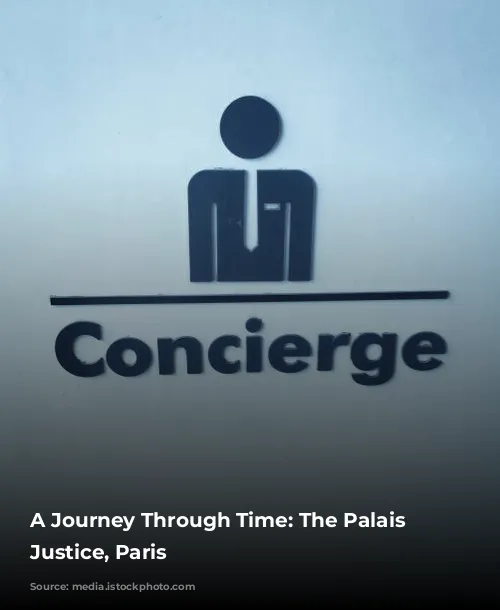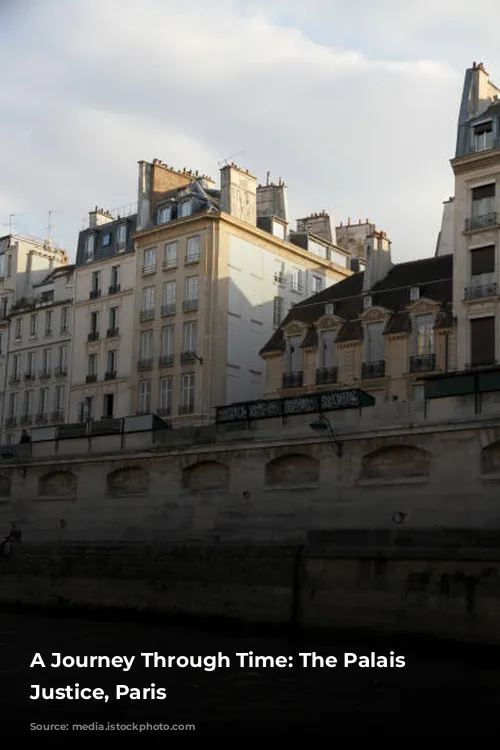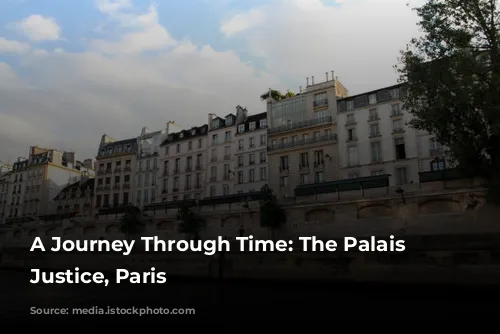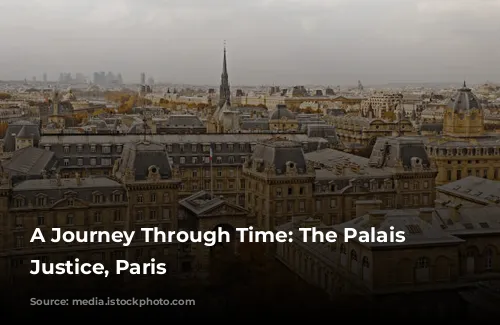The Palais de Justice, meaning “Palace of Justice,” stands proudly on the Île de la Cité in Paris. This grand building is more than just a courthouse; it’s a monument to justice and a time capsule of history. It houses the Court of Appeal of Paris, the busiest in France, and the Court of Cassation, the highest court for ordinary cases.
From Royal Palace to Courtroom
The Palais de Justice occupies a large section of the medieval Palais de la Cité, the former royal palace of France. This ancient palace has seen it all, from the Curia Regis, the King’s Council, to the Parlement of Paris, a powerful judicial body. The Hall of the King, built by King Robert II, was replaced by the Grand Chamber under Philip IV, a larger space that hosted theatrical performances and meetings of the Parlement.
A Tumultuous History
The Parlement of Paris held significant power, influencing the relationship between the monarchy and the nobility. It acted as the supreme court of appeal for royal tribunals and the court of first instance for cases involving the nobility. However, the palace also witnessed uprisings and revolution. In 1358, a Parisian revolt forced the future King Charles V to flee the palace. During the French Revolution, the Grand Chamber became the Revolutionary Tribunal, where those accused of opposing the revolution were swiftly tried and sentenced to the guillotine.

A Palace Reborn
Despite the turbulent times, the Palais de Justice remained dedicated to justice. In the 19th century, the building underwent significant renovation and expansion. The architect Jean-Nicolas Huyot proposed a neo-Renaissance design, but his untimely death led to a new team taking over the project. The construction was marked by fire and chaos during the Paris Commune of 1871. The Communards set fire to the building, almost destroying it completely. However, the palace was rebuilt with renewed vigor and eventually became the symbol of justice in France that it is today.

A Modern Justice System
The Palais de Justice has undergone a transformation in recent decades, adapting to the changing needs of the justice system. In 2018, the Tribunal judiciaire de Paris, formerly known as the Tribunal de grande instance de Paris, moved to a modern high-rise building designed by the renowned architect Renzo Piano.

A Legacy of Justice
Despite the modernizations, the Palais de Justice remains a powerful symbol of France’s legal history. The Conciergerie, a former prison located within the palace, is open to the public, offering a glimpse into the harsh realities of the past. The Cour de Mai, the palace’s main entrance, features a gilded iron gateway, a reminder of the 19th century reconstruction. The Palais de Justice stands as a testament to the enduring strength of the French judicial system, a place where justice continues to be served, even after centuries of change.









